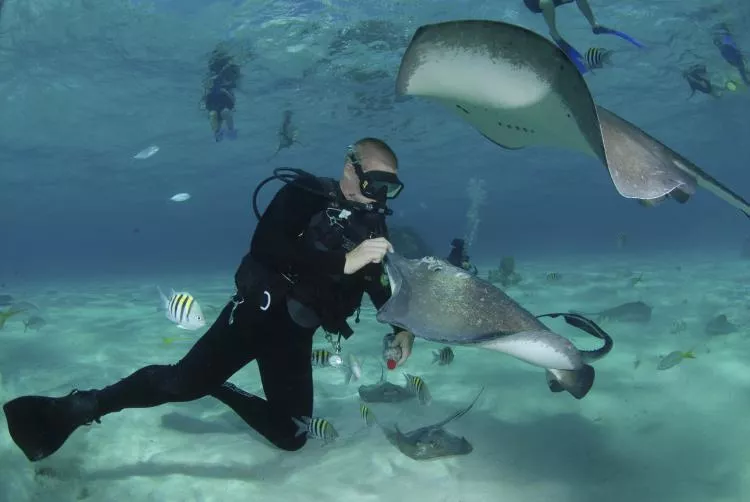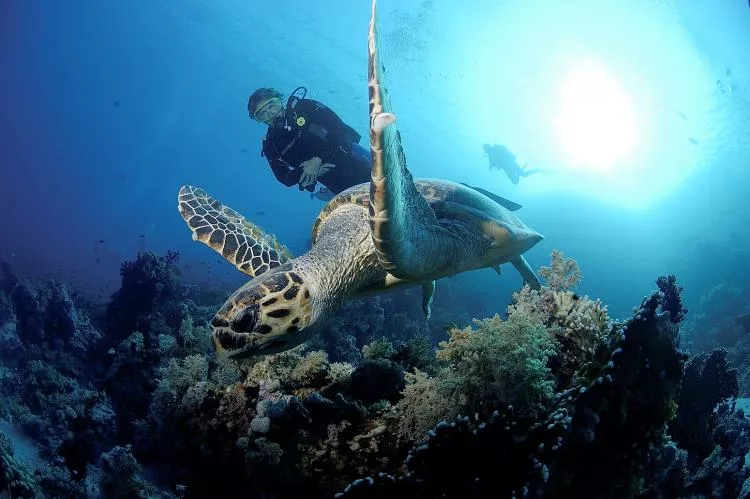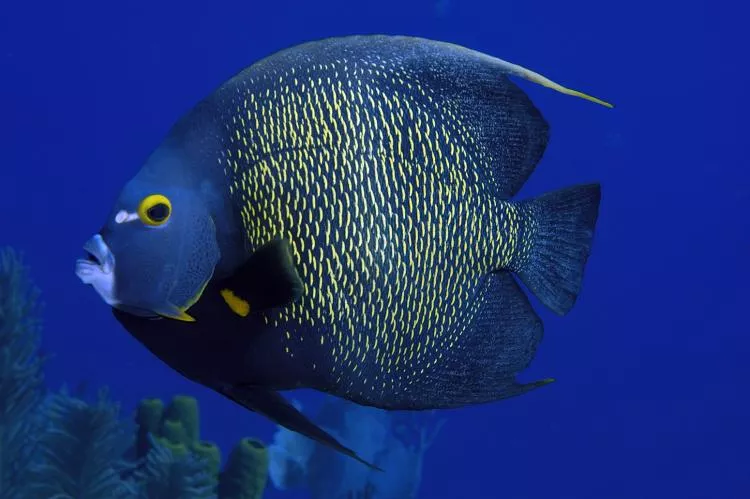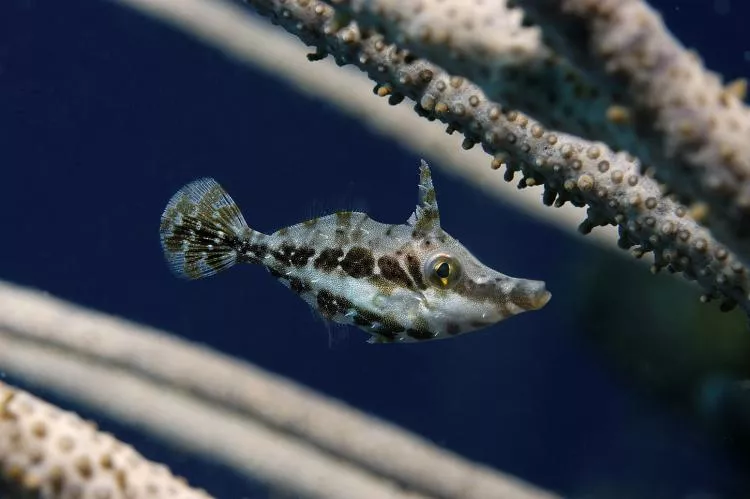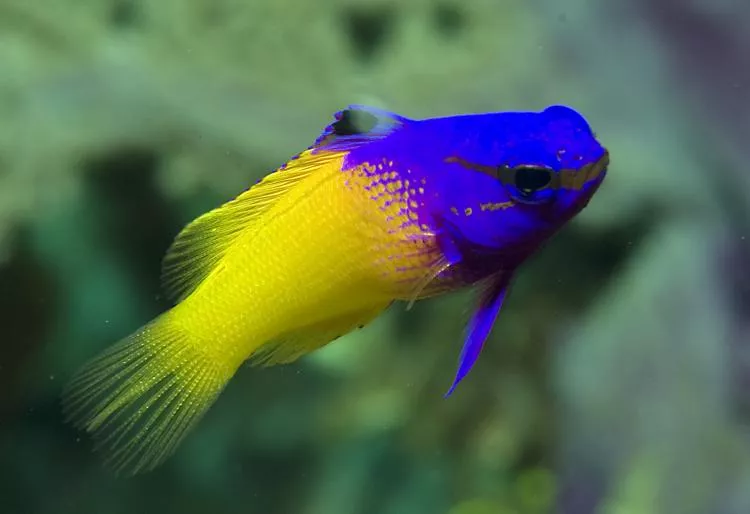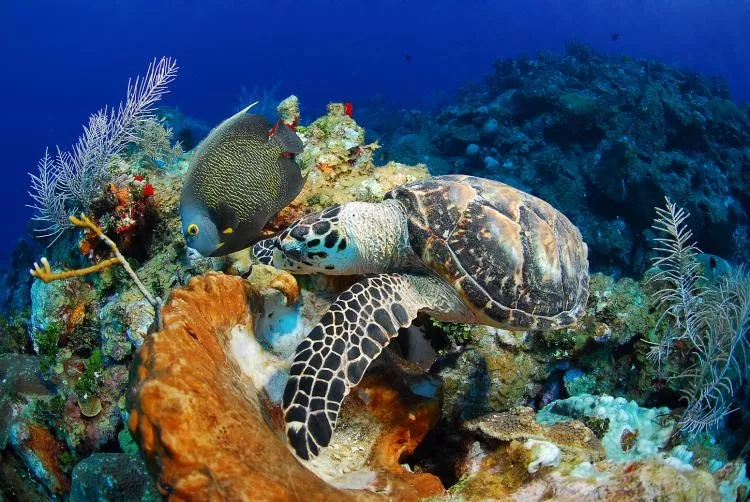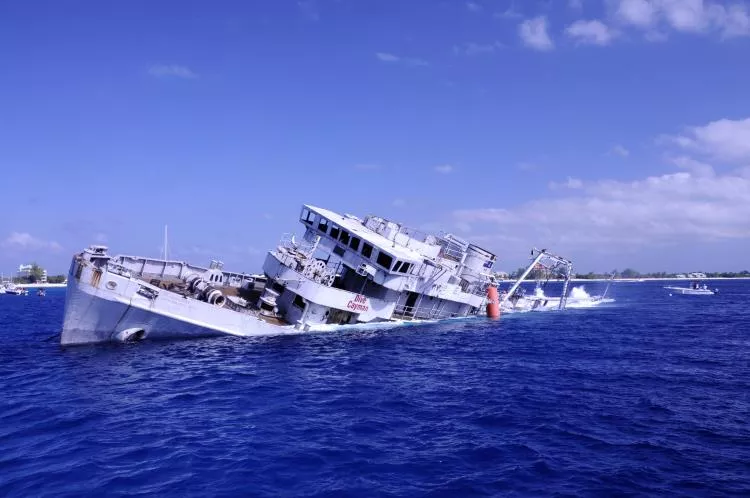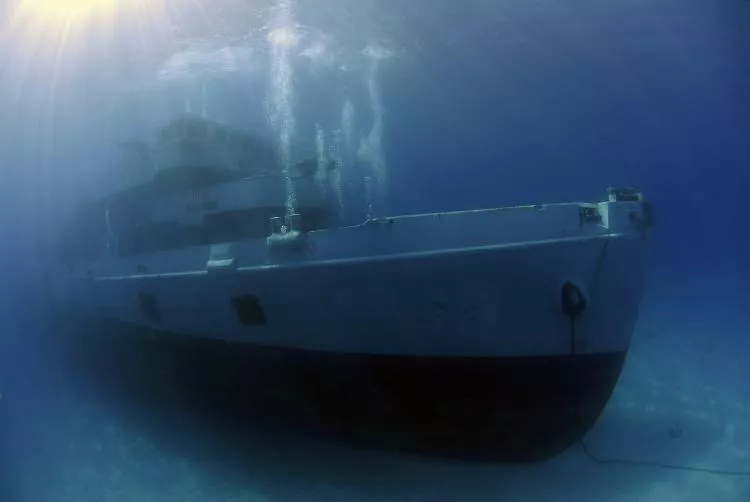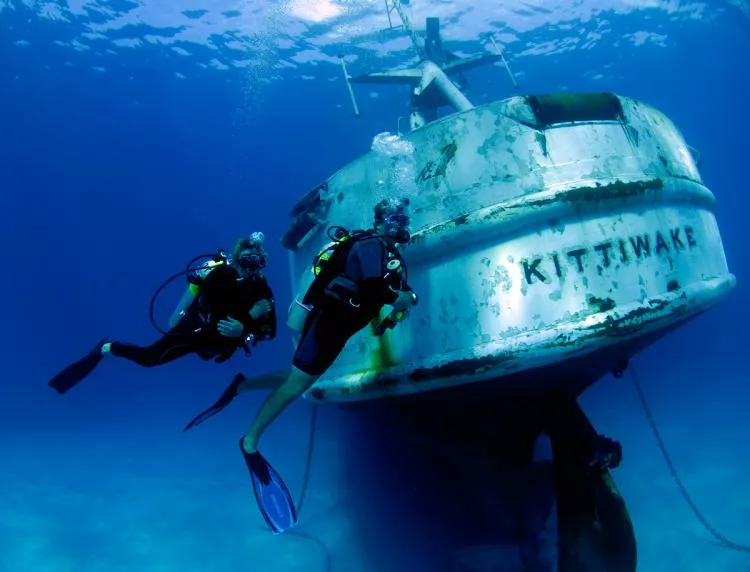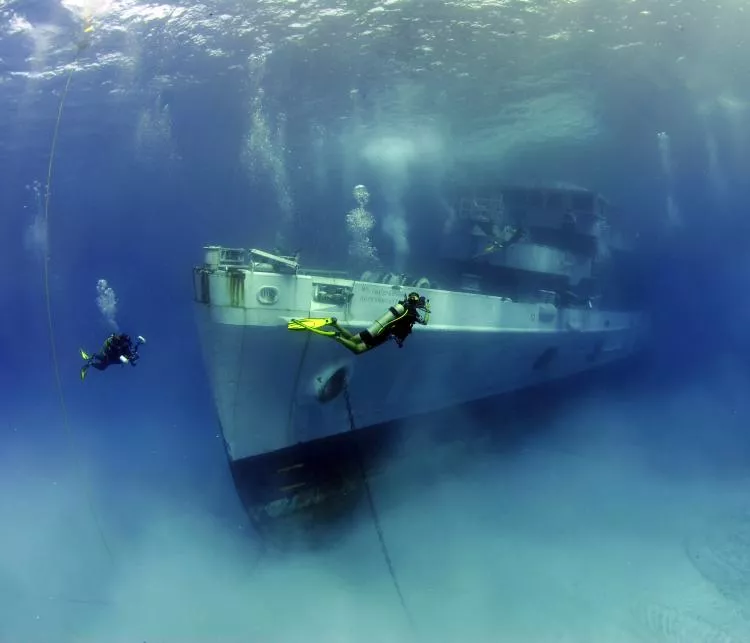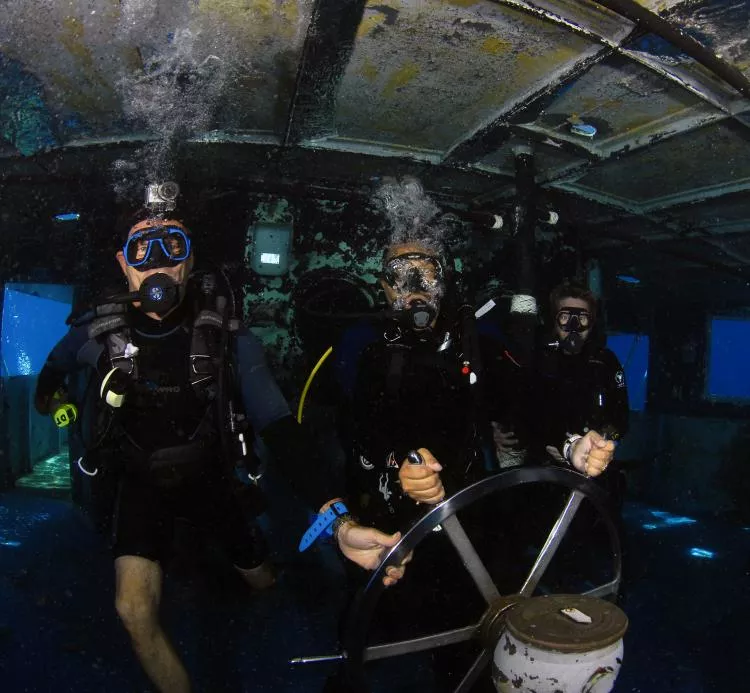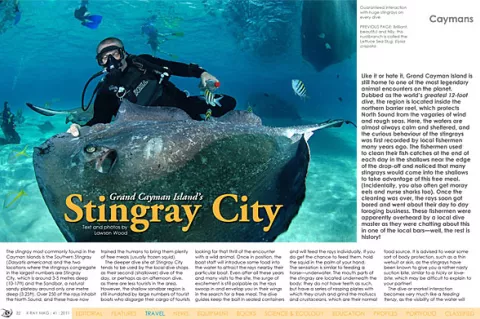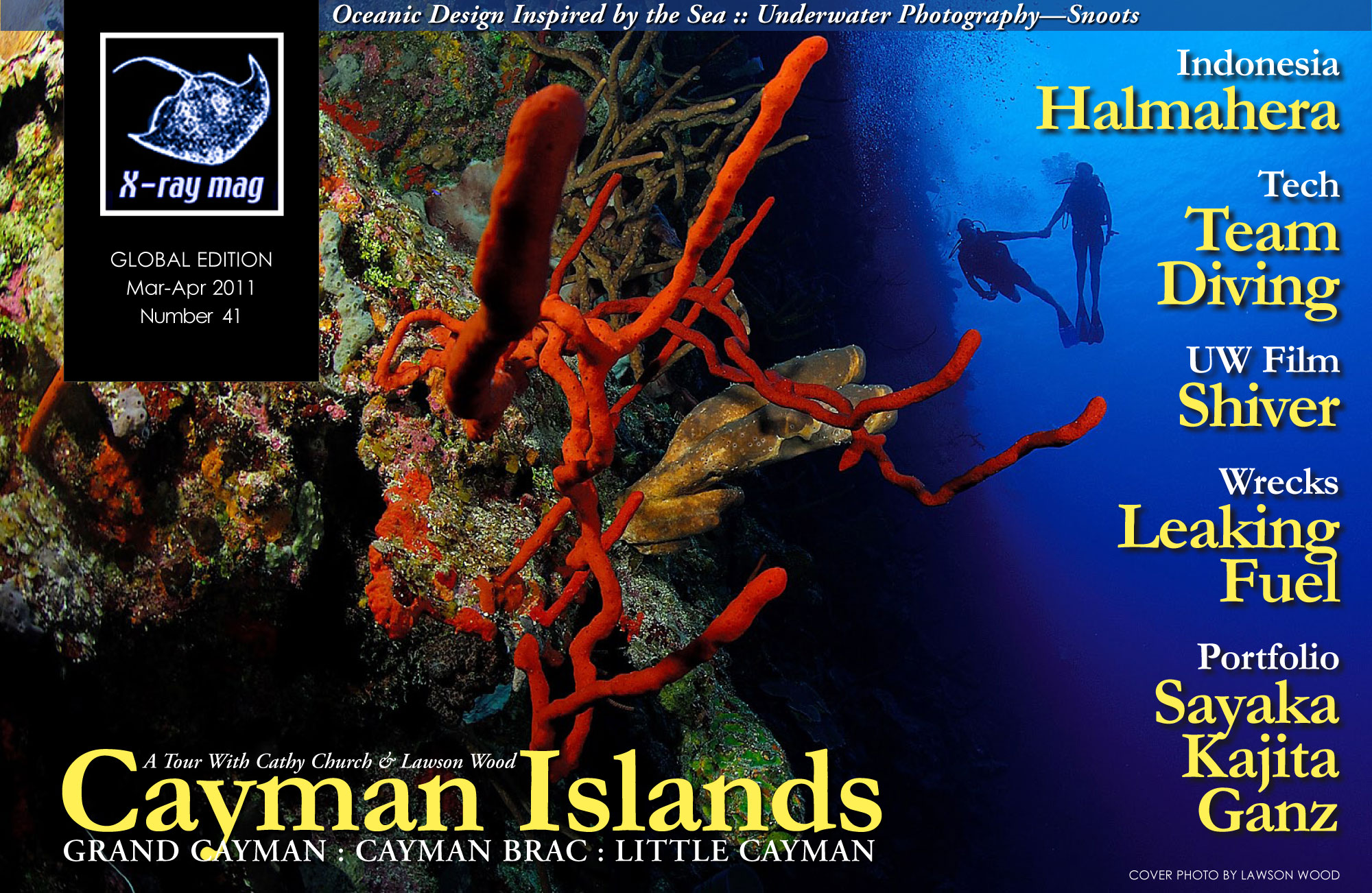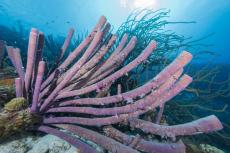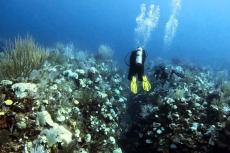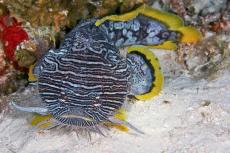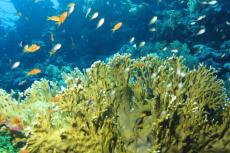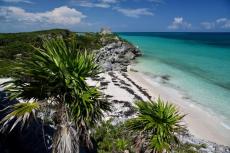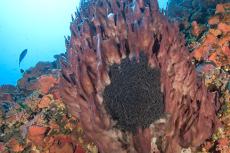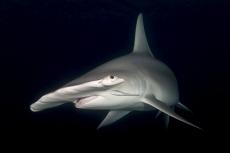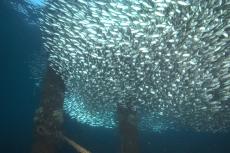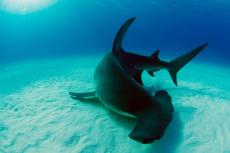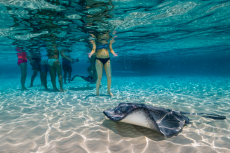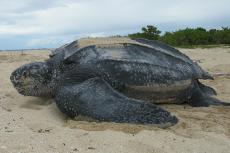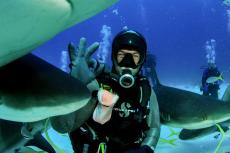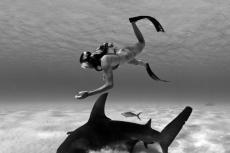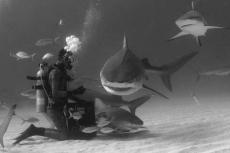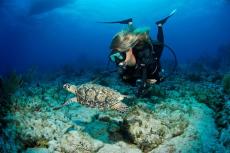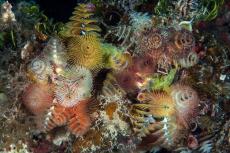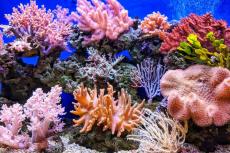Like it or hate it, Grand Cayman Island is still home to one of the most legendary animal encounters on the planet. Dubbed as the world’s greatest 12-foot dive, the region is located inside the northern barrier reef, which protects North Sound from the vagaries of wind and rough seas.
Contributed by
The stingray most commonly found in the Cayman Islands is the Southern Stingray (Dasyatis americana) and the two locations where the stingrays congregate in the largest numbers are Stingray City, which is around 3-5 metres deep (10-17ft) and the Sandbar, a natural sandy plateau around only one metre deep (3.25ft). Over 250 of the rays inhabit the North Sound, and these have now trained the humans to bring them plenty of free meals (usually frozen squid).
The deeper dive site at Stingray City tends to be used by the local dive shops as their second (shallower) dive of the day, or perhaps as an afternoon dive, as there are less tourists in the area. However, the shallow sandbar region is still inundated by large numbers of tourist boats who disgorge their cargo of tourists looking for that thrill of the encounter with a wild animal. Once in position, the boat staff will introduce some food into the water to attract the rays nearby their particular boat. Even after all these years and many visits to the site, the surge of excitement is still palpable as the rays swoop in and envelop you in their wings in the search for a free meal. The dive guides keep the bait in sealed containers and will feed the rays individually.
If you do get the chance to feed them, hold the squid in the palm of your hand. The sensation is similar to feeding a horse—underwater. The mouth parts of the stingray are located underneath the body; they do not have teeth as such, but have a series of rasping plates with which they crush and grind the molluscs and crustaceans, which are their normal food source. It is advised to wear some sort of body protection, such as a thin wetsuit or skin, as the stingrays have been known to give you a rather nasty suction bite, similar to a hicky or love-bite, which may be difficult to explain to your partner!
The dive or snorkel interaction becomes very much like a feeding frenzy, as the visibility of the water will drop due to the sand being constantly stirred up by both the tourists and the rays. Interestingly, as soon as the free meal is over, the stingrays immediately revert to their normal foraging behaviour of searching the sand flats for small crabs, snails and burrowing sea urchins.
There are a couple of must nots when amongst the stingrays: Gloves should not be worn, as the fabric can remove the protective mucus on the stingray’s leathery skin. When handling the stingrays, do not try and ride them or grab them by the tail. Remember, these are wild animals, and if they feel threatened in any way, their defensive mechanism is designed to sting, as their name implies.
When Pliny first described the habits of the Stingray in the Mediterranean, he wrote in his famous Historia Naturalis: “So venomous it is, that if it be struchen intro the root of a tree, it killeth it; it is able to pierce a good cuirace or jacke of buffe, or such like, as if it were an arrow shot or a dart launched; but besides the force and power that it hath that may be answerable to iron and steele, the wound that it maketh, it is therewith poisoned.”
Even after all the years of hype and generally adverse reactions to stingrays after the untimely death of the Australian TV presenter, Steve Irwin, who was killed by a stingray during filming on the Great Barrier Reef in Australia, the Cayman Islands have more than weathered that storm.
Stingray City and the Sandbar on Grand Cayman Island are amazing, and simply nothing can prepare you for that first rush of adrenalin. This balance of nature and enterprise is a curious mix, and it is not certain which has trained what! Suffice to say that several hundred thousand tourists have enjoyed the delights of the interaction in one of nature’s amazing phenomena and will continue to do so for many years to come.
Just a small footnote: there are plans by a (well-connected) local person to install a floating bar in the middle of this protected area, which many regard as utter madness. There are hundreds of people against this rash plan, and hopefully the Cayman Islands government will take note of the following saying by Mohandas Gandhi: “The greatness of a nation can be judged by the way its animals are treated.”
The Cayman government clearly did not take this into account when they installed Dolphinariam—a dolphin interactive program—which was totally against the entire local population’s feelings. Perhaps they may take these feelings into account now and save one of the true wild animal experiences from undue and unnecessary exploitation. ...
( ... )

